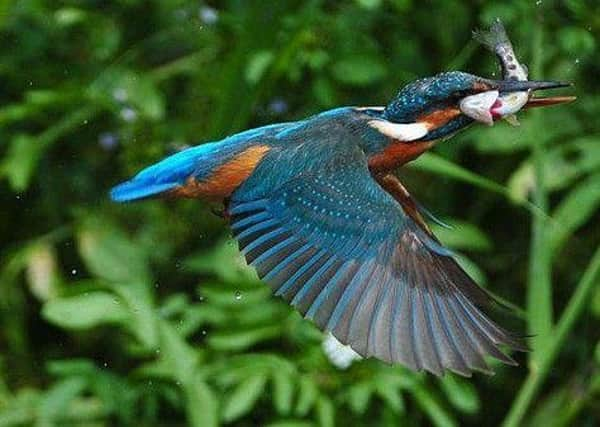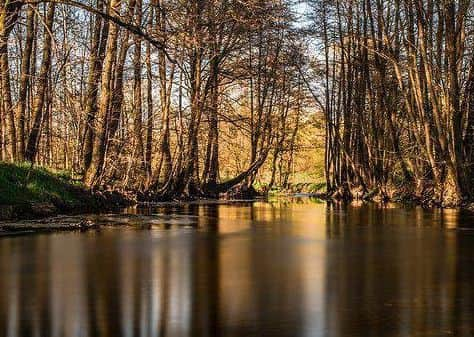Trees and watercourses – Why bother?


This means these waterside areas are very different, and much more varied and potentially ecologically richer than other farmland - with their own distinctive soils, vegetation and hydrology. This is reflected in the rich array of insects and plants that depend on these often less disturbed “riparian” zones.
But do these areas have additional, practical benefits for your farm? Studies have shown that riparian corridors that have native trees in them, alongside grass, are extremely effective in improving water quality in particular capturing phosphorous and through deep tree roots nitrates as well. It is also worth considering, going forward, that particularly in the case of large trees these areas can help capture carbon.
Advertisement
Advertisement
Riparian corridors also assist in regulating river flow, by increasing infiltration along the banks and slowing water flow instream thereby helping sediment to remain.


Trees planted for sections as short as 300 metres along streams greatly help in reducing water temperatures by as much as 1 degrees Celsius and this can be critical for trout and if present salmon nursery streams. Trees along watercourses produce thick root wads and these can help stabilise banks but the roots also help support fish populations. This is because the roots are a very good habitat for invertebrates (insects represent up to 80% of a trout’s diet in summer) and also simply because tree roots give fish a place to hide. In winter fallen leaves help enrich the water and again provide habitats for many different organisms. It is also worth considering that trees along rivers are also innately attractive and this together with their shade and insects they can help support additional sporting and recreational value such as fishing. These often small and narrow areas are thus much more important than their actual area would suggest. They are often more species rich than almost any other ecosystem relative to area. It is now estimated that less than 1% of the global land area consists of riparian woodland. In the last 200 years in North America and Europe as a whole over 80% of these areas have disappeared or been cultivated.
The importance of such areas is likely to increase in years to come rather than decrease.
Have you an area you could plant that would help you to manage your business compliance - as well as helping wildlife survive? This is an example of one of the areas for discussion and demonstration by group members within the new Environmental Business Development Groups.
Advertisement
Advertisement
The Business Development Groups scheme is open for applications until Friday 24 January 2020 at 4pm. To apply on-line visit the CAFRE website www.cafre.ac.uk/business-development-groups/ or visit your DAERA Direct office where you can apply on-line with assistance. For additional information or any queries you have in relation to the scheme please e-mail [email protected] or telephone 028 9442 6790.